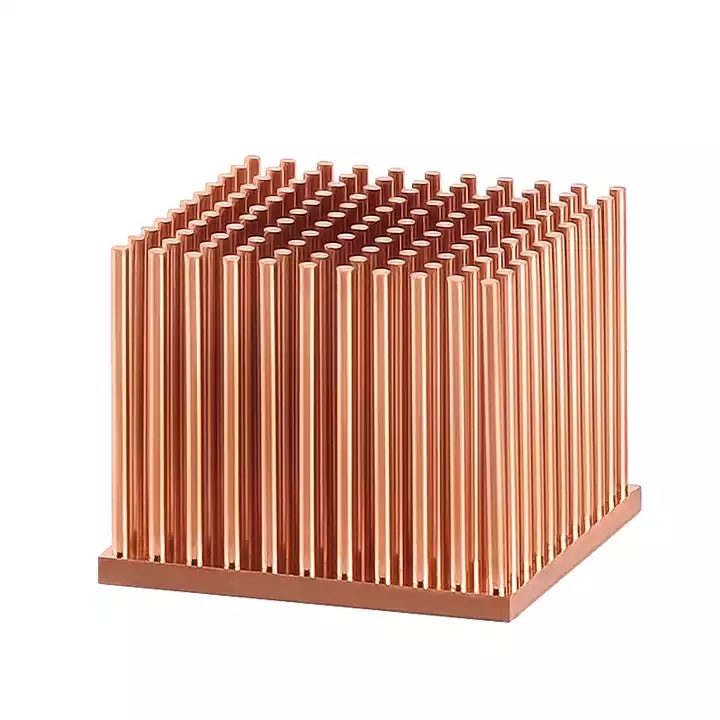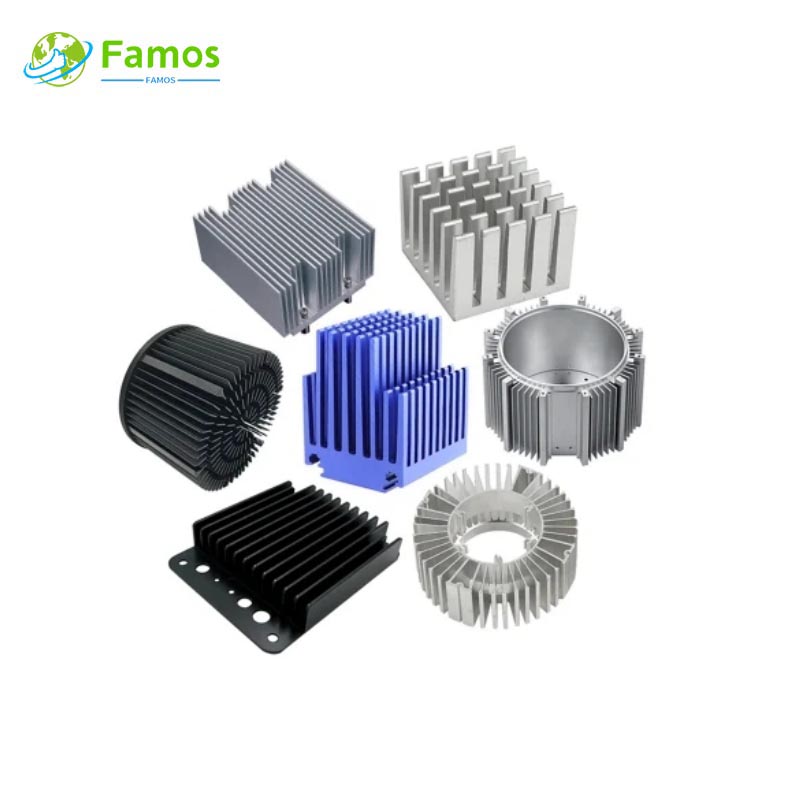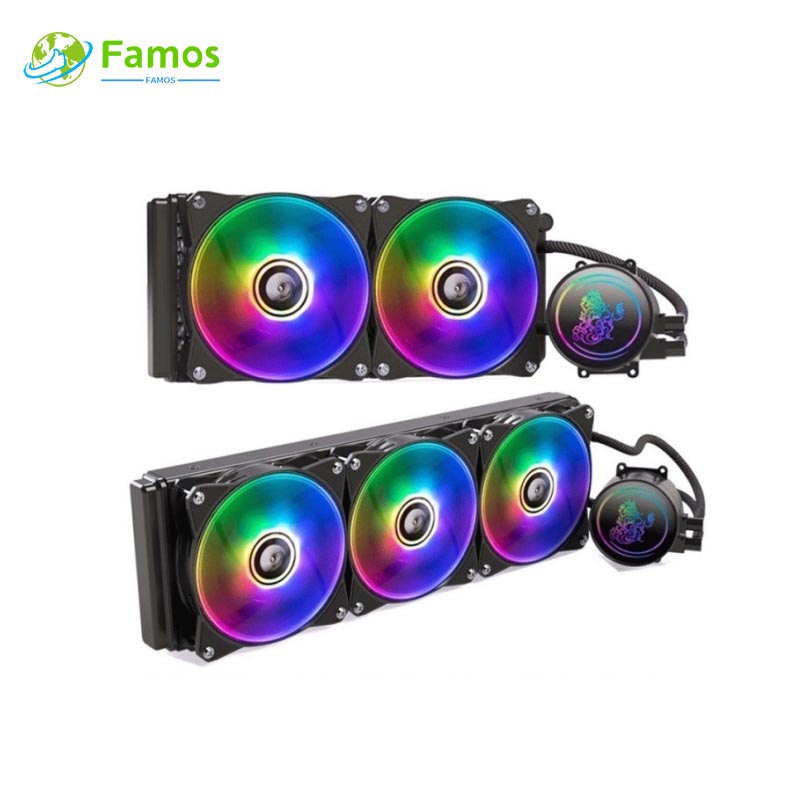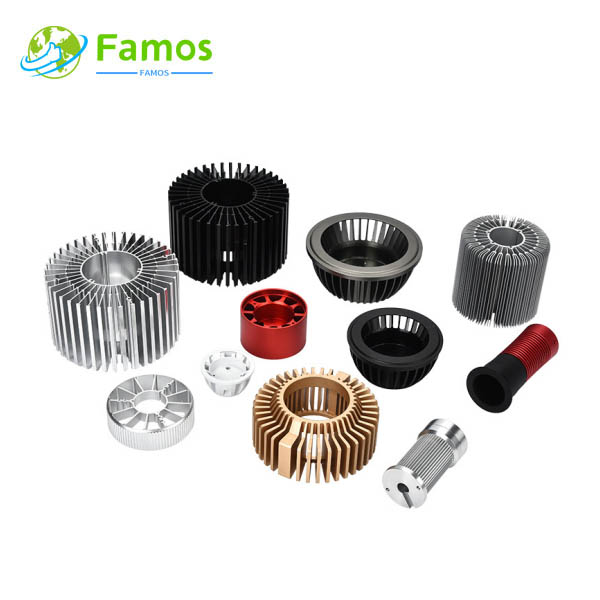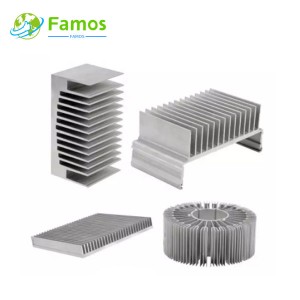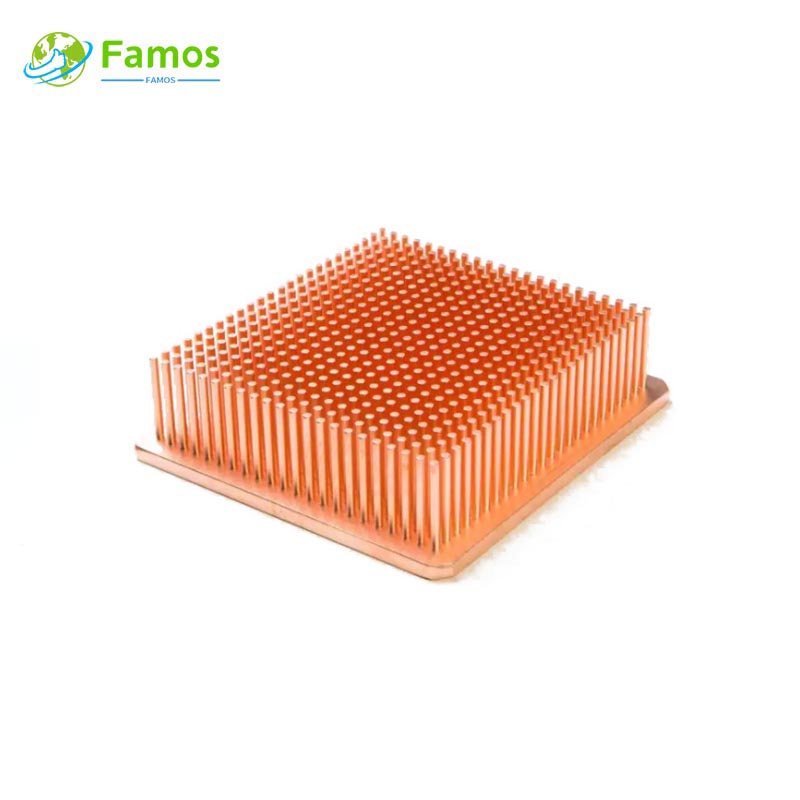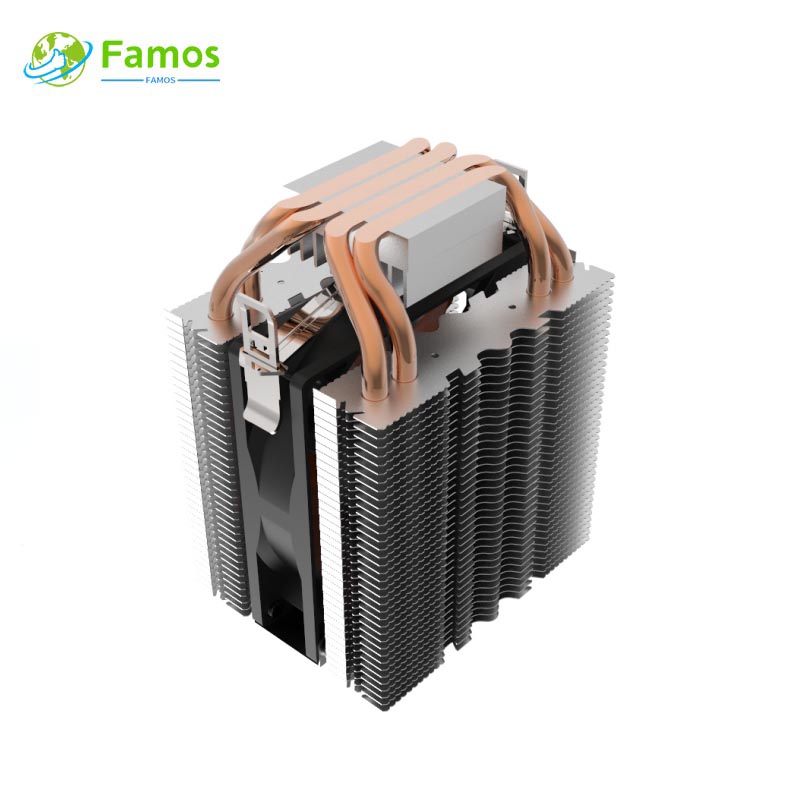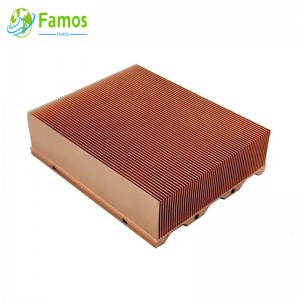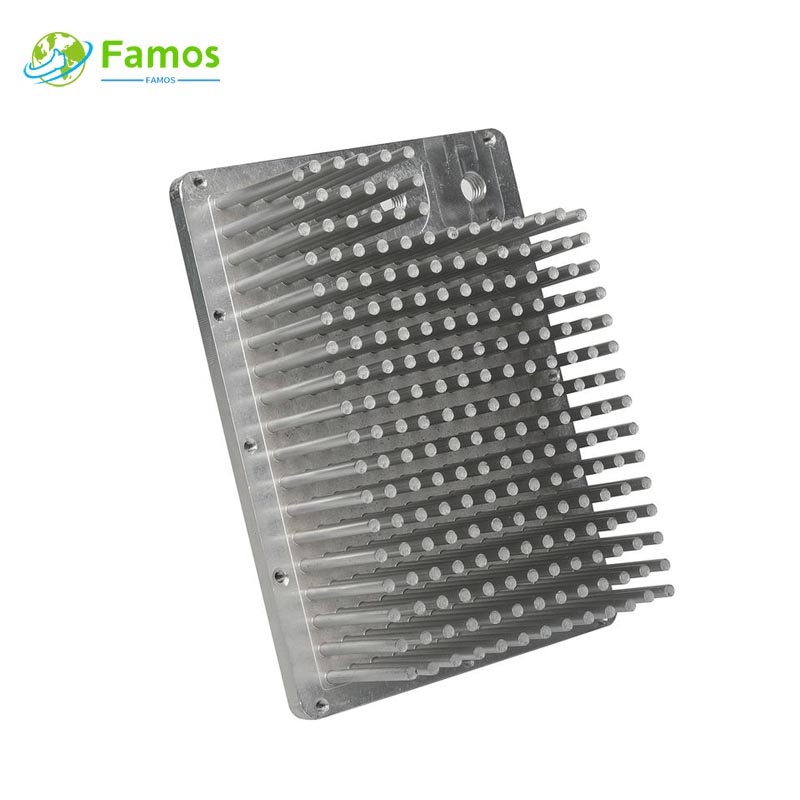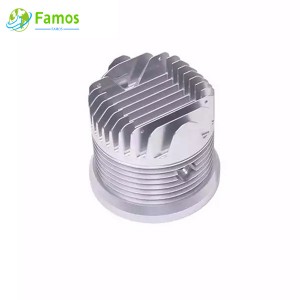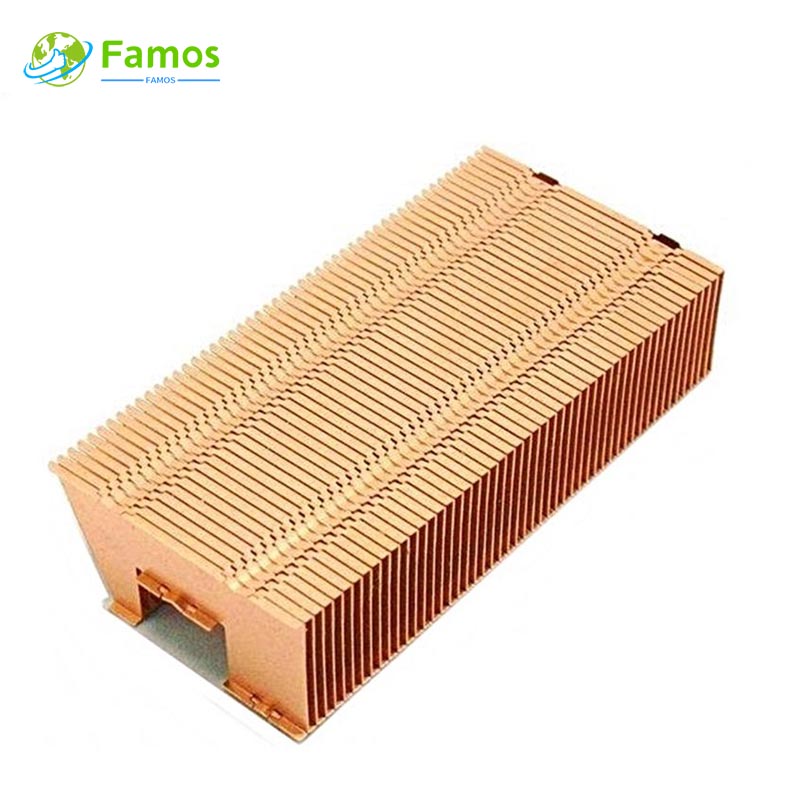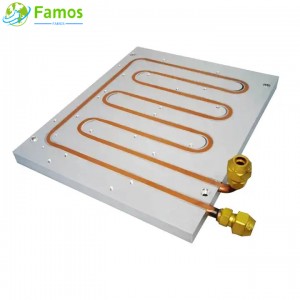Introduction:
In today's cutting-edge technology landscape, electronic devices are becoming increasingly powerful and compact. As a result, the challenge of dissipating heat generated by these devices becomes more critical than ever. This is where pin heatsinks, also known as pin heat sinks, play a crucial role. In this article, we will explore the manufacturing process of pin heatsinks, highlighting their importance, construction, and various manufacturing techniques.
Understanding Pin Heatsinks:
Pin heat sinks are innovative cooling solutions that maximize the surface area available for heat dissipation. These heat sinks consist of an array of pins attached to a base, which is mounted directly onto the heat-generating component. By increasing the surface area, pin heatsinks efficiently transfer heat away from the electronic device to the surrounding environment.
Importance of Pin Heatsinks:
Effective thermal management is vital to ensure the longevity and optimal performance of electronic devices. As devices become more advanced, they tend to generate more heat, potentially resulting in performance degradation or even permanent damage. Pin heat sinks help tackle this issue by efficiently dissipating heat, maintaining safe operating temperatures, and preventing overheating.
Manufacturing Pin Heatsinks:
There are several process techniques can manufacture pin heatsink, commonly include as below:
1. Cold forging:
Cold forging processes are carried out at room temperature, without the need to heat metal materials to high temperaturesthe, metal materials are cut off and sent into the mold cavity of the cold forging machine. Under the action of strong pressure and a certain speed, the metal billet is forced to produce plastic deformation in the mold cavity, so as to become the required shape, size and mechanical properties of the heat sink. . The parts produced have higher density, higher strength, better wear resistance, and better surface quality.
2. Extrusion:
Extrusion is a widely-used manufacturing process for creating pin heatsinks. It involves pushing a heated metal billet through a specially designed die to form the desired shape. The extrusion process offers several advantages, such as high production speeds, cost-effectiveness, and flexibility in design. Pins of varying shapes and sizes can be achieved through this process, making it suitable for customized heat sink designs.
3. Machining:
Machining is another commonly employed manufacturing technique. It involves removing excess material from a solid metal block to form the desired shape. This process allows intricate designs, precise tolerances, and high-quality finishes. Machining, while generally more expensive than extrusion, is often preferred for low-volume production and for creating complex pin heatsinks required for specific applications.
4. Skiving or Shaving:
Skiving, also known as shaving, is a unique manufacturing technique used to create pin heatsinks with thin fins. In this process, a flat metal sheet is sliced using a specially-designed skiving tool, resulting in thin, closely spaced fins. Skived pin heatsinks offer improved thermal performance due to the increased surface area achieved by the thin fins. This technique is popular for applications where space is constrained, and efficient cooling is critical.
5. Bonding:
Bonding is used to join the pins to the base of the heatsink. Adhesive bonding, soldering, or brazing techniques are commonly employed. Adhesive bonding involves using high-performance thermal epoxy to securely attach the pins to the base. Soldering or brazing methods utilize metal alloys with low melting points, which are heated to fuse the pins to the base. Each bonding method has its advantages and suitability based on the specific requirements of the application.
Procedure of manufacturing pin heat sink
the manufacturing process of pin heatsinks can be further divided into the following stages:
Stage 1: Material Selection
Stage 2: Design and Engineering
Stage 3: Prototype Development
Stage 4: Testing and Validation
Stage 5: Mass Production
Stage 6: Quality Control
Conclusion:
Pin heatsinks play a vital role in ensuring efficient thermal dissipation for electronic devices. By increasing the surface area available for heat transfer, they effectively dissipate heat, maintaining safe operating temperatures and preventing overheating. while need custom pin heatsink, we need according to the specific requirements to choose the optimal manufacturing method .
If You Are in Business, You May Like
Types of Heat Sink
In order to meet different heat dissipation requirements, our factory can produce different type heat sinks with many different process, such as below:
Post time: Jun-17-2023

